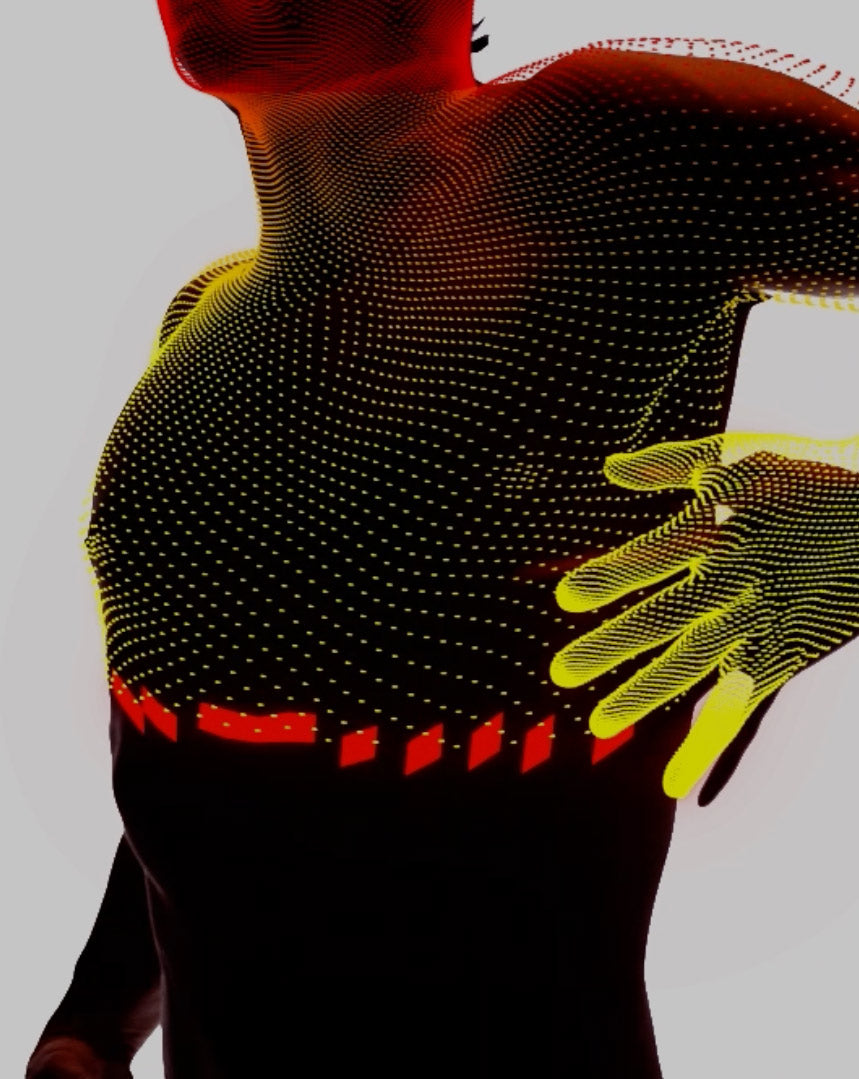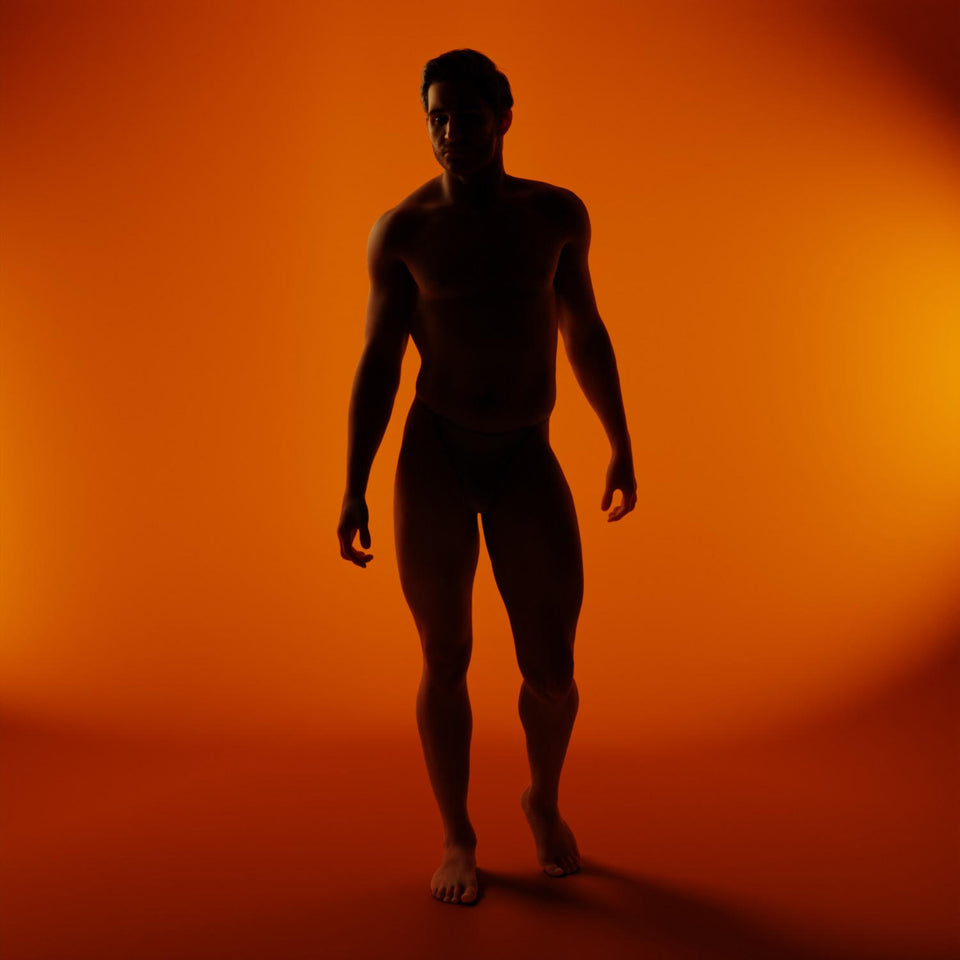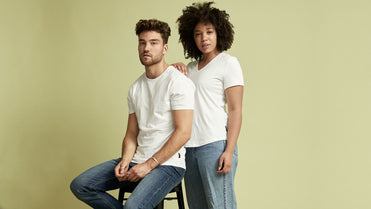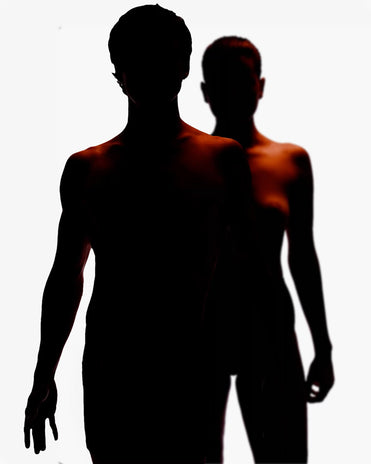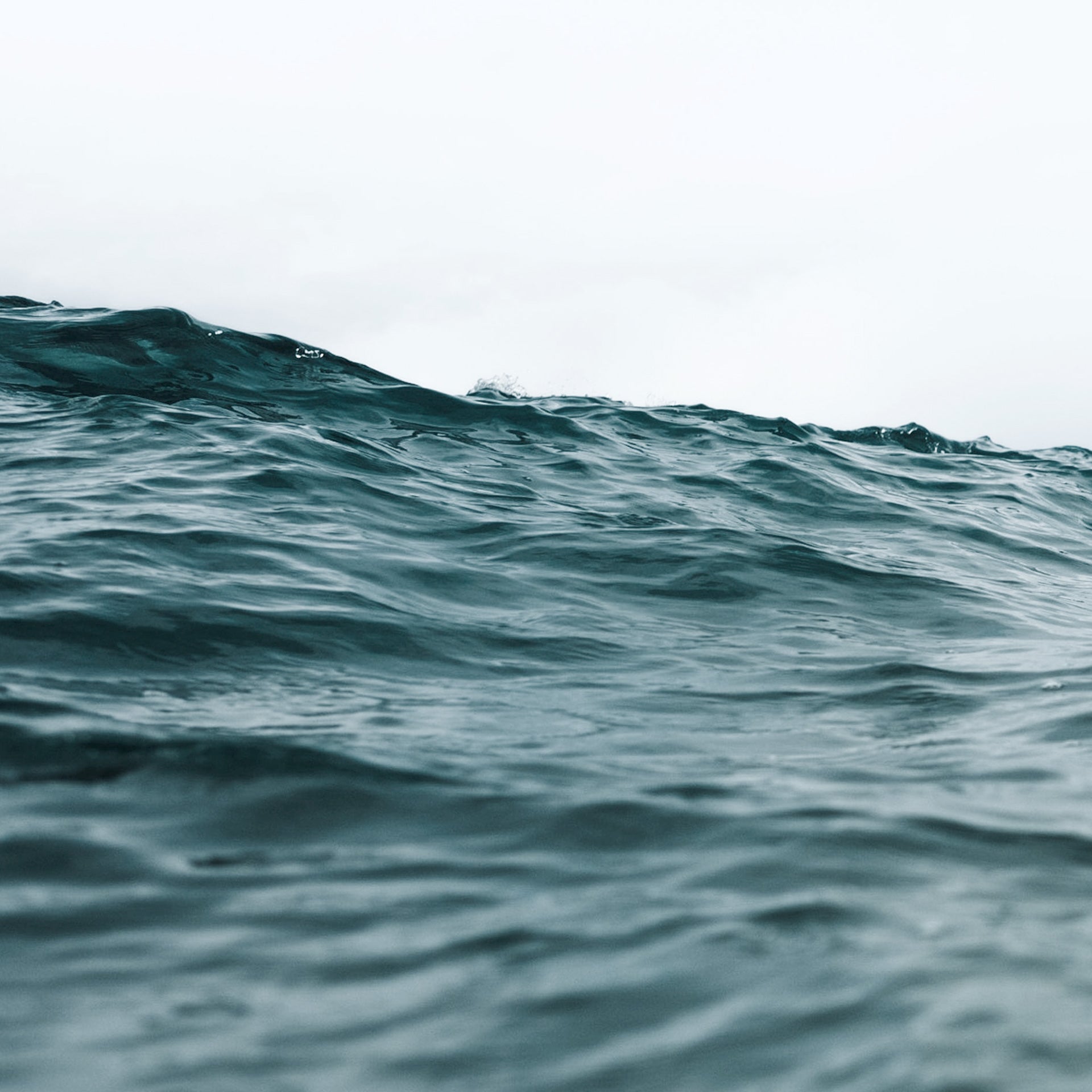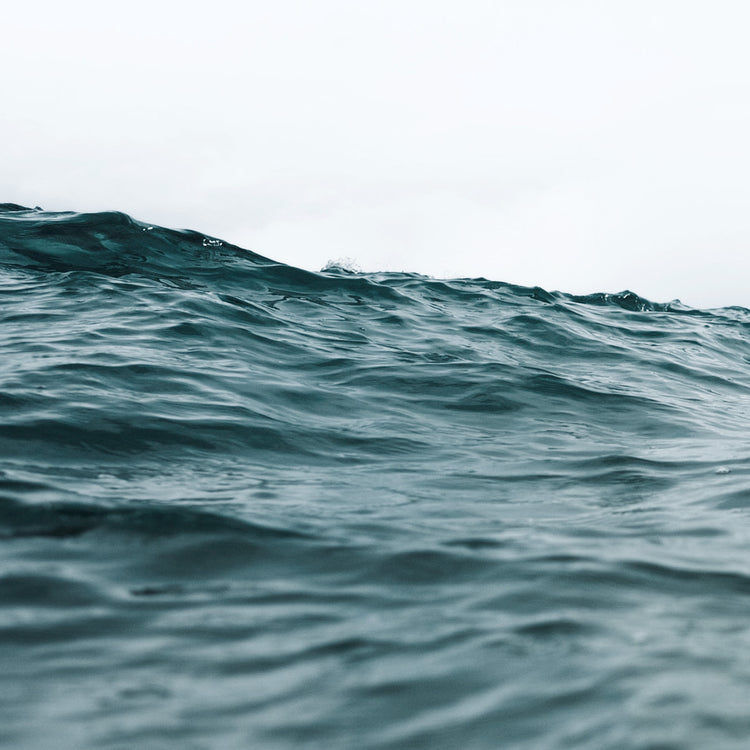Humans have been crushing up rocks to make pigments since time began. But blue was always, tantalisingly, off the menu. You see blue is exceedingly rare in the natural world – you can’t just bend down and pick up something blue to grind down into a powder like you can for reds and yellows in the form of ochre.
Yet, of all the colours in the rainbow, blue is consistently favoured by both men and women alike. And according to psychologists, this popularity may have something to do with evolution.
Early humans who were drawn to positive things, like clear skies and clean water for example, were more likely to survive. Over time, it's believed this preference for blue things just might've become hard-wired. Equally plausible, and far simpler, is that anyone with working vision can look up and appreciate the gorgeous range of azure hues across Earth’s greatest visual feasts: the sky and the ocean.
Whatever the reason, few colours have inspired the world as much as blue, which has long been awarded a sort of spiritual reverence across cultures. But despite being one of the three primary colours, a usable blue pigment wasn’t invented until around 2200 BCE.
As always, the Ancient Egyptians have this one in the bag.
FROM EGYPT WITH LOVE

There’s a long list of things we can thank the ancient Egyptians for inventing, including blue.
There’s a long list of things we can thank the ancient Egyptians for inventing: from cosmetics to toothbrushes and paper. But they also invented blue.
Not the colour itself, obviously, but ‘Egyptian Blue’ as it came to be called, is widely believed to be the world’s first synthetically produced pigment. See, the Ancient Egyptians had been grinding up lapis lazuli for about 2000 years, but the scarcity of the semiprecious stone limited use to the pharaohs and their inner circle.
But the demand for blue was pretty universal in the Old Kingdom, and someone clever got their chemistry on around the same time the great pyramids were being built. Egyptian Blue was made from ground limestone mixed with sand and a copper-containing mineral, such as azurite, heated to 800 - 900 °C. This results in an opaque blue glass which was crushed and combined with thickening agents such as egg whites to create a long-lasting paint or glaze.
As you can imagine, the Egyptians were pretty chuffed with their colourful invention and set about putting it on just about everything from ceramics to statues and even board games.
The colour remained popular throughout the Roman Empire and was used right up til about 400 CE, when new methods of colour production started to evolve.
HOLY MOTHER OF BLUE

Look closely at religious art from the past 700 years and you’ll notice that Jesus typically wears red, whilst Mary is almost always in dark blue.
Because blue pigments remained rare and expensive right up until the dawn of the industrial age, blue has a longstanding association with both royalty and divinity. But it wasn’t until 431 CE that blue got a rather large endorsement from the Catholic church when they decided to colour code the saints.
Look closely at religious art from the past 700 years and you’ll notice that Jesus typically wears red whilst Mary is almost always in dark blue, an expensive colour befitting the queen of heaven. As a result, the colour became synonymous with purity, humility and the divine. Over time, ‘Marian’ blue morphed into navy, imbued with the same trustworthiness and authority beloved by both bankers and the police today.
Back then, the only way to get the message out was through painting which is why so much incredible art was a function of the church and it’s wealthy patrons who were expected to purchase both the gold and the lapis lazuli to be used in any painting. Hence it was this expression of their devotion and glorification to swathe the Virgin in gowns of blue, and perhaps the first recorded example of conspicuous consumption.
CECI N’EST PAS BLUE

The most popular colour of modern times was invisible to our ancestors – there was no word for blue in ancient Greek, nor Chinese, nor Japanese, nor Hebrew.
Though one of the primary colours, blue is rarely just 100% pure, unadulterated blue. There are red-based blues tending towards purple, which include many of your favourite dark navy colours.
And there are also yellow-based blues tending towards teal and green, including our latest limited edition colour Mineral Blue which is a desaturated colour that sits at the nexus of blue, green and grey.
But according to a philologist named Lazarus Geiger, the most interesting thing about blue is that many ancient languages didn’t even have a word to describe it. That’s right, there was no word for blue in ancient Greek. Nor Chinese. Nor Japanese. Nor Hebrew. That’s right, the most popular colour of modern times was simply invisible to our ancestors.
With his curiosity piqued, and through painstaking research, Geiger looked to uncover when the word “blue” started to appear in different languages. And no matter where in the world he looked, he found the same odd but equally repetitive pattern across cultures.
Every language first had a word for black (or dark) and for white (or light). Which makes sense because everyone had to explain their own creation myths. The next colour that blossoms into existence in every language that Geiger studied was red – the colour of blood, wine and warning. Again, this seems logical in that blood is hugely symbolic and danger omnipresent. After that, yellow almost always appears next, followed by green. And in every language Geiger studied, the very last colour to get named was blue.
But there was an anomaly – one ancient culture that did develop a word for blue, the very same one that managed to produce a synthetic blue pigment – the ancient Egyptians.
LATE BLOOMER

Ask anyone, anywhere in the world to name their favourite colour and most people say blue.
Despite being late to the linguistic party, survey after survey has shown that our love for blue is very real and very global. Ask anyone, anywhere in the world to name their favourite colour and 25+% say blue, which is ~3x more than any other colour!
Which is perhaps not all that surprising considering blue’s basic emotional valence is calmness and open-endedness, being associated with clear blue skies and clean water.
You could say that blue is a vacation for your eyes, so treat yourself to one of our Magic Fit® T-shirts in limited edition Mineral Blue today – you don’t need a degree in chemistry (nor geology) to appreciate it.
Perhaps our preference is evolutionary after all, though no one can say for sure. What is certain is that blue colours consistently outsell anything else we launch here at Citizen Wolf. So if Mineral Blue takes your fancy, don’t delay – these 200 pieces won’t last.

